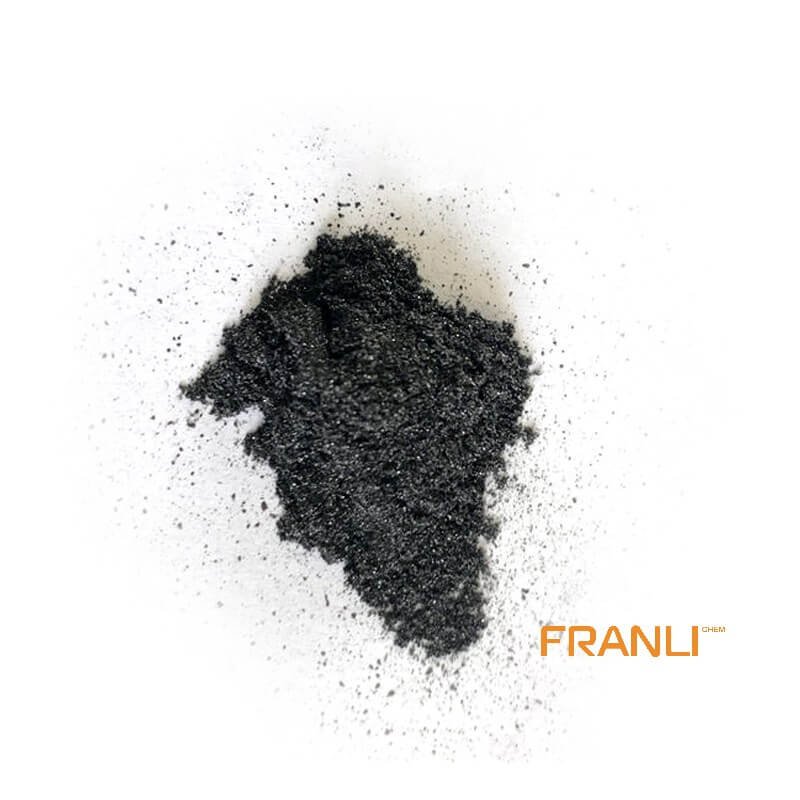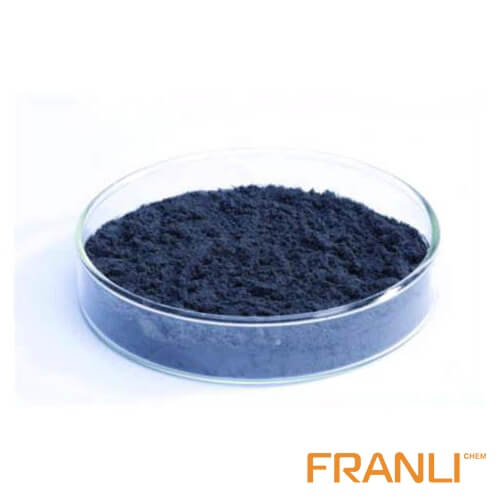


Expandable Graphite
Size
0.50mm or 0.106mm, etc
Package
25 kg small bags into ton bags
Origin
China
Features
Preservative/Electrical and thermal conductivity, etc.
Application
Fireproof sealing element, flame retardant, refractory brick, etc.
Expandable graphite crystal is a typical layered carbon material. Other heterogeneous particles such as atoms, molecules, ions, and even atomic clusters are inserted into the interlayer of crystalline graphite by physical or chemical methods to form a new layered compound, which is called graphite interlayer compound, namely expandable graphite.
Request a quote
Expandable graphite, refers to the appropriate conditions, acid, alkali metal, salt, and other chemicals can be inserted between Graphite layers, and carbon atoms combined to form a new chemical phase — Graphite Intercalation on Compounds (Graphite Intercalation on Compounds, GIC), This graphite interlaminar compound is expandable graphite. This interlaminar compound, when heated to the right temperature, breaks down instantly and rapidly, producing a large amount of gas that causes the graphite to expand along its axis into a new, worm-like substance called expanded graphite.

Expandable graphite is heated at a high temperature can rapidly expand, expansion ratio as high as dozens of times to hundreds or even thousands of times, after the expansion of the graphite apparent volume up to 250 ~ 300 ml/g or bigger, after expansion of vermicular graphite present, size between zero a few millimeters to a few millimeters, in the internal network with a large number of unique microporous structure, called the expanded graphite or graphite worms. In addition to the excellent properties of natural graphite itself, such as heat and cold resistance, corrosion resistance, and self-lubrication, expanded graphite also has softness, compression resilience, adsorption, ecological environment coordination, biocompatibility, radiation resistance, and other characteristics that natural graphite does not have.
Expandable graphite and its expanded graphite can be used in iron and steel, metallurgy, petroleum, chemical machinery, medical, aerospace, atomic energy, and other departments, the application field is very wide.
The preparation methods of expandable graphite include chemical oxidation, electrochemical method, gas diffusion method (two-compartment method), mixed liquid phase method, melting method, pressure method, explosion method, catalyst method, photochemical method, etc. Among them, the chemical oxidation method and electrochemical method are the most widely used preparation methods. The electrochemical method, with the advantages of low environmental pollution, low cost, large processing capacity, acid can be recycled and used, has attracted much attention in recent years. Other synthetic methods, each have their own advantages and disadvantages, synthetic objects are not the same, rarely used.

Chemical oxidation method: chemical oxidation method is a traditional method to prepare expandable graphite. In this method, natural flake graphite is evenly mixed with an appropriate amount of oxidant and intercalator, controlled at a certain temperature, constantly stirred, washed, filtered, and dried to get expandable graphite. There are many kinds of oxidants, generally used oxidants are solid oxidants (such as potassium permanganate, potassium dichromate, chromium trioxide, potassium chlorate, etc.), but also some liquid oxidants with oxidation (such as hydrogen peroxide, nitric acid, etc.). In recent years, it is found that potassium permanganate is the main oxidant in the preparation of expandable graphite. In recent years, researchers mainly use sulfuric acid, nitric acid, phosphoric acid, perchloric acid, mixed acid, and glacial acetic acid as intercalators.
Electrochemical method: Electrochemical method is at a constant current, with the aqueous solution of the insert as the electrolyte, graphite, and metal materials (stainless steel material, platinum plate, lead plate, titanium plate, etc.) constitute a composite anode, inserted in the electrolyte metal material as a cathode, constitute a closed-loop; Or the graphite suspension in the electrolyte, in the electrolyte at the same time insert negative and positive plate, through the method of electricity on the two electrodes, anodic oxidation. In recent years, the electrochemical method has gradually become the preferred method for many enterprises to prepare expandable graphite with many advantages.



